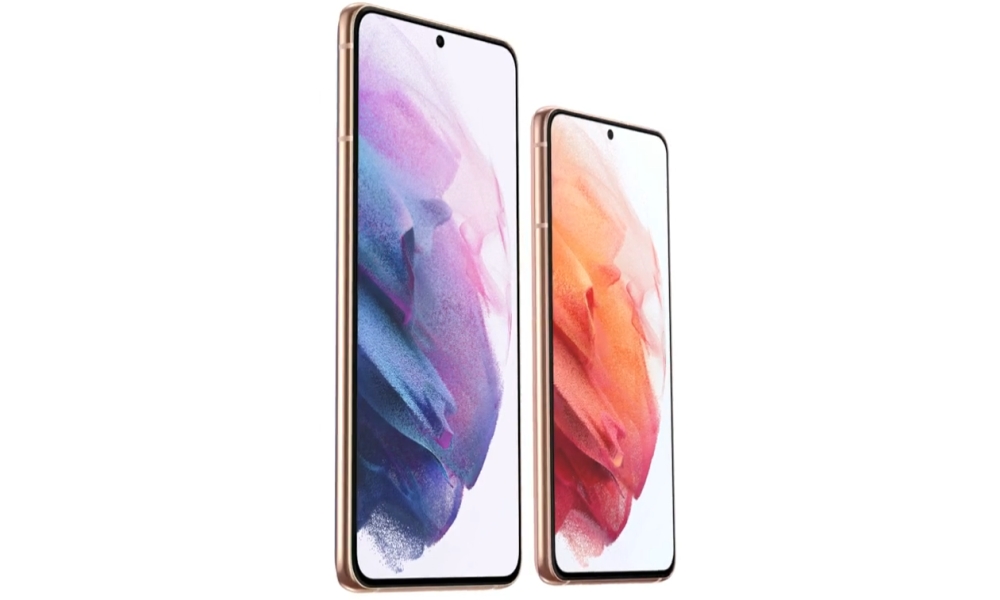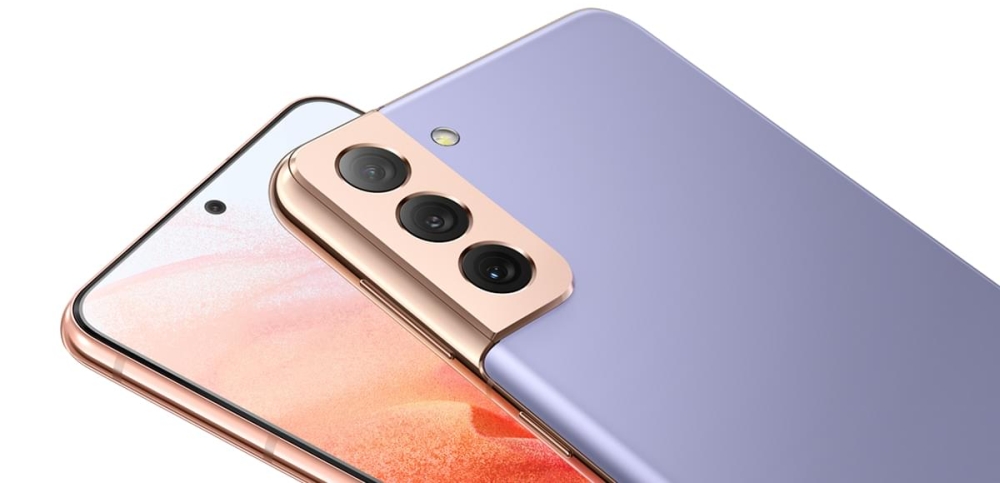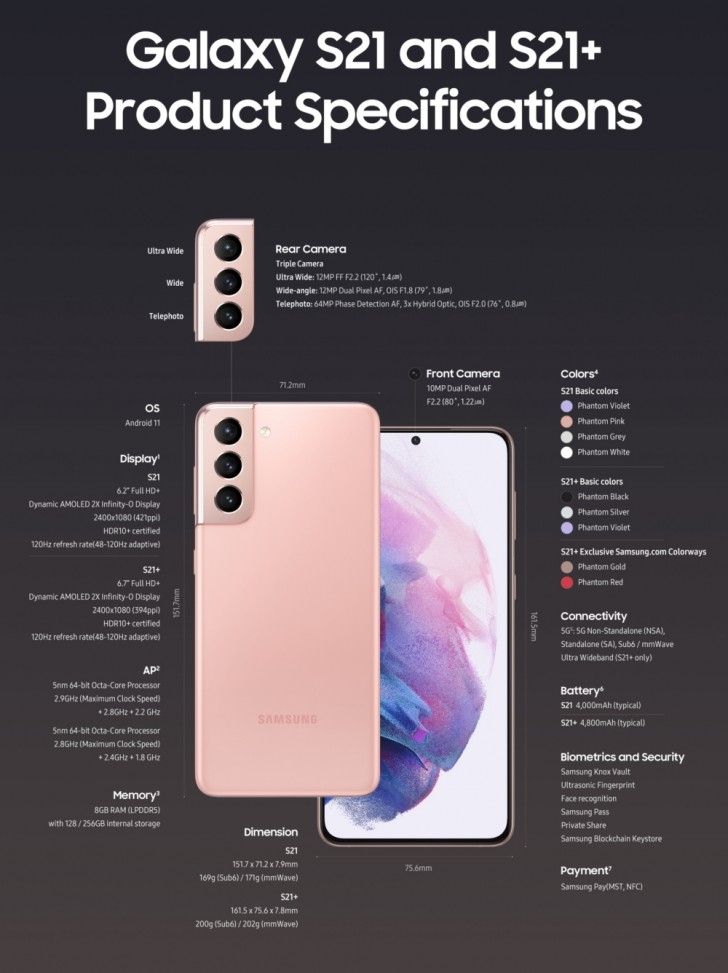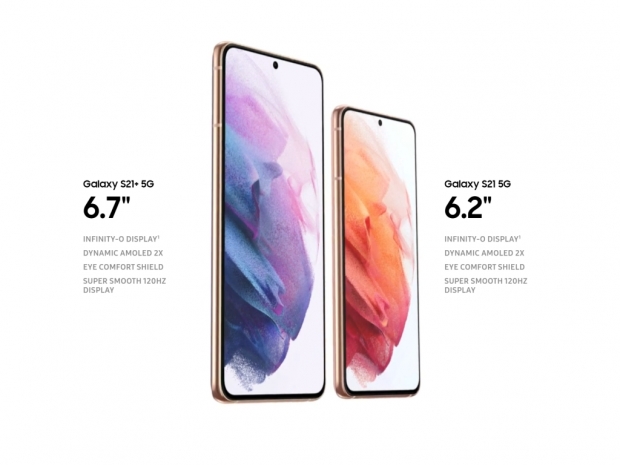While the entire Galaxy S21 lineup was overhauled, Samsung had an idea to make a wider gap between the flagship Galaxy S21 Ultra, and the "standard" Galaxy S21 and Galaxy S21+ smartphones, and while these standard phones share a lot of hardware specifications, the difference in display size, 6.2-inch and 6.7-inch will make it easier to tell them apart.
Galaxy S21 and Galaxy S21+ get a downgrade with 1080p screen
Both the Galaxy S21 and the Galaxy S21+ have the same Infinity-O Dynamic AMOLED 2X screen with a 120Hz refresh rate. And while the premium screen is now reserved for the S21 Ultra, these flat 1080p+ resolution screens, which are a downgrade from the Galaxy S20 series, leave a lot to be desired, although they use an adaptive refresh rate that set it between 48Hz and 120Hz, depending on the content.
With a 6.7-inch screen, the Galaxy S21+ is a big smartphone, measuring at 161.5x75.6x7.8mm, and with 1080p+ screen, it leaves it with a tad over 390ppi of pixel density. The 6.2-inch screen on the Galaxy S21 gives it a higher pixel density of just over 420ppi, but the phone is much smaller at 151.7x71.2x7.9mm, but also slightly thicker.
Samsung squeezed a 70 percent larger ultrasonic fingerprint reader behind the screen, and you also get center placed punch hole for the front 10-megapixel f/2.2 camera, the same as on the Galaxy S20 series.

Main triple-camera system for Galaxy S21 an S21+
The rear camera system was something that got the biggest attention, especially since the new SoC can handle streams from three sensors at the same time, giving Samsung a lot more power from those three sensors.
The main sensor is a 1.8µm 12-megapixel one behind an f/1.8 lens with OIS. You also get an ultra wide 1.4µm 12-megapixel one, behind f/2.2 lens with 120-degree FOV and telephoto 0.8µm 64-megapixel one with f/2.0 lens with 3X zoom and OIS, which is also capable of recording 8K video.

Same hardware for both smartphones, different batteries
Both the Galaxy S21 and the Galaxy S21+ share the same hardware, so you either get Qualcomm's latest Snapdragon 888 SoC, or Samsung's own Exynos 2100, both 5nm octa-core SoCs with the Cortex-X1 prime CPU core, and either the Mali-G78 MP14 or Adreno 660 GPU. Both are paired up pwith 8GB of RAM and either 128GB or 256GB of UFS 3.1 internal storage. As expected, there is no microSD card slot on any of those phones.
Both smartphones also share the same connectivity, with 802.11 dual-band ac/6 WiFi, Bluetooth 5.0 USB Type-C 3.2 port, and both lack 3.5mm jack or the charger as well.
Samsung equipped the smaller Galaxy S21 with 4,000mAh battery while the Galaxy S21+ gets a larger 4,800mAh battery.
The Galaxy S21+ also has UWB (Ultra Wide Band) support, which is not available on the Galaxy S21. This allows it to have faster data transfers between phones, as well as possible better communication with Galaxy Smart Tags.
Price goes down but so do the features
When it comes to "standard" Galaxy S21 and Galaxy S21+ phones, Samsung actually dropped the price by around €50 compared to the previous generation, which is not much considering that the screen has a major downgrade and that you don't actually get a charger in the box, as Samsung is following Apple in fixing the planet one charger at a time.
The Samsung Galaxy S21, Galaxy S21+, as well as the new flagship Galaxy S21 Ultra, which we wrote about here, will be available for pre-order as of today, January 14, and available on January 21. The price starts at $800/€850/£770 for the Galaxy S21, $999.99/€1,049/£949 for the Galaxy S21+, and $1,199/€1,249/£1,149 for the Galaxy S21 Ultra.
Samsung is running a neat promotion, and those that pre-order a Galaxy S21 series smartphone will also get $100/$150/$200 in store credit, as well as a free Galaxy Smart Tag.





